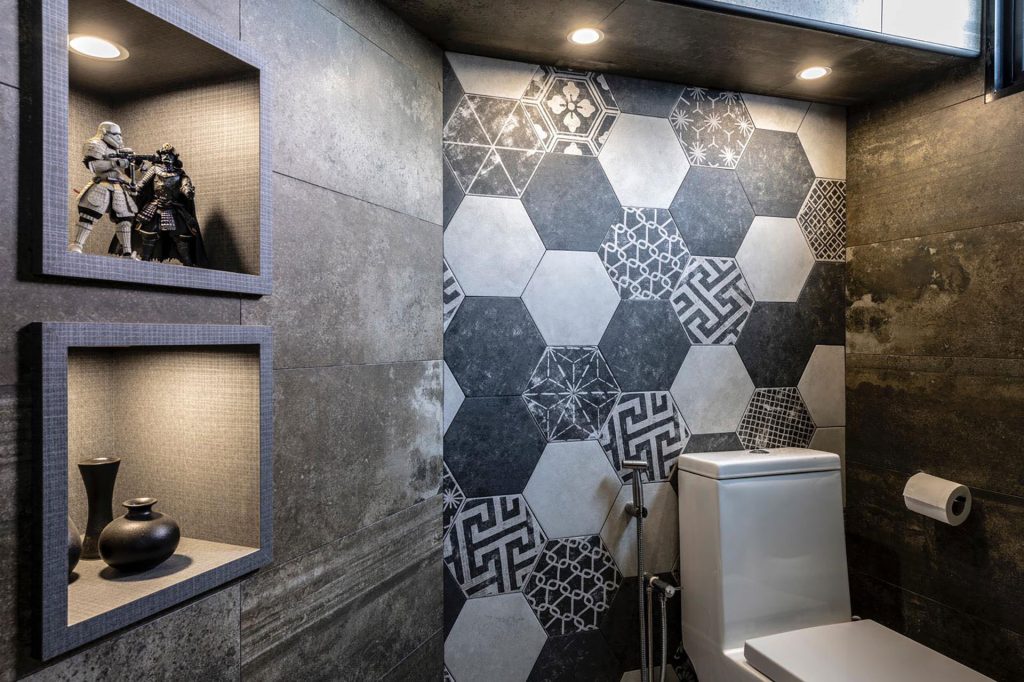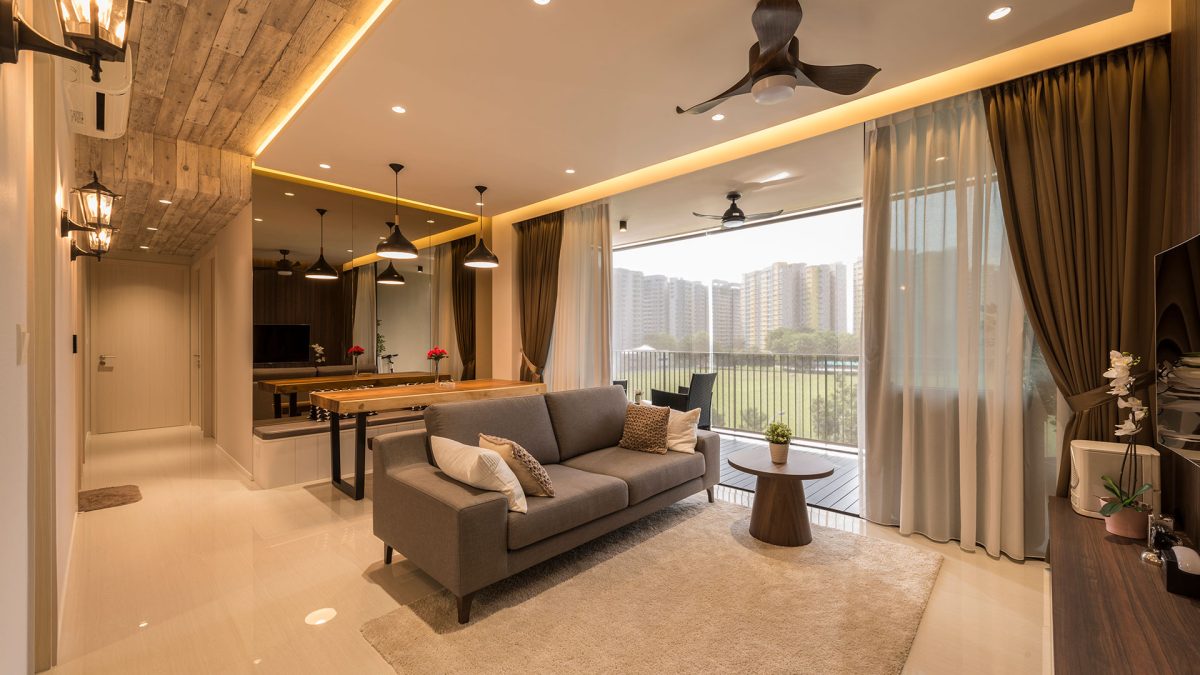The issue with Interior Design is lots many individuals confuse it with Interior Ornament. Whereas the previous refers to designing a complete residing house from scratch, the latter refers to adorning an existent residing house with added furnishings and fabric. Interior Design is certainly a science that’s certain by its personal parts and rules and sure, it isn’t so simple as one imagines it to be! Typically, interior designers go by the rule guide that states that ‘There are 7 components and 7 Essential Rules of Interior Design’.
We’re going to cowl all of the 7 components of interior design on this article, adopted by an article explaining all of the 7 Essential Rules. Let’s start!
1. Space
House is likely one of the most vital parts of interior design. House acts as a basis on which the whole interior design plan is constructed. Therefore it’s important that the designer is nicely conscious of the house out there, its dimensions and its utilities. House is split into two varieties particularly – Two Dimensional Area which covers the ground (consists of size and width) and Three Dimensional Area which kinds the residing space (consists of size, width and peak).
An area that’s basically full of furnishings/décor objects is a Constructive House and an empty house is a Destructive House. Equilibrium needs to be maintained between the optimistic and unfavourable areas and both overcrowding or skimping on the furnishings/décor objects goes to have an effect on this equilibrium.

2. Line
Strains give delivery to kinds and shapes and are liable for establishing a way of concord, distinction and unity (Three of the 7 rules) in a residing house. They outline shapes and act as visible guides of interior space. Strains are broadly categorized into three varieties – Horizontal, Vertical and Dynamic.
Whereas horizontal traces adorn constructions likes tables, chairs and beds, vertical traces will be discovered on home windows, doorways and almirahs. Whereas horizontal traces add a protected and safe feeling to the house, vertical traces emote free and expansive nature. Dynamic or angular traces, that are action-oriented add drama and will be seen on constructions like stairs. An interior designer should know to find out how to make the most of these traces to outline the kinds, one other vital interior design factor.
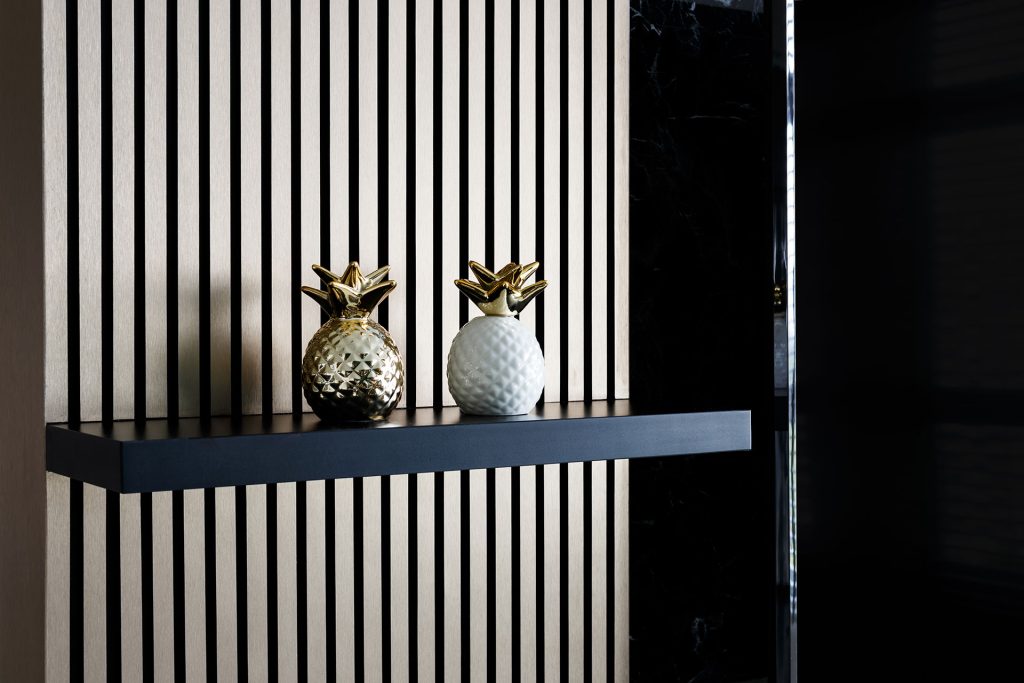
3. Forms
Forms imply shapes normally, a top-level view of any three-dimensional object within the house. Forms will be created by combining two or extra shapes and will be accentuated with the assistance of different parts like texture, patterns and colours. A well-defined type establishes concord and extra kinds add steadiness to the house. There are two kinds of kinds – Geometric (man-made) and Pure (natural).
Additionally, forms are categorized as open and closed; open kinds are these that maybe seemed into and closed kinds are these which are enclosed by a closed floor. A stable understanding of the above-mentioned parts i.e. house and line are required to attain a very good form.
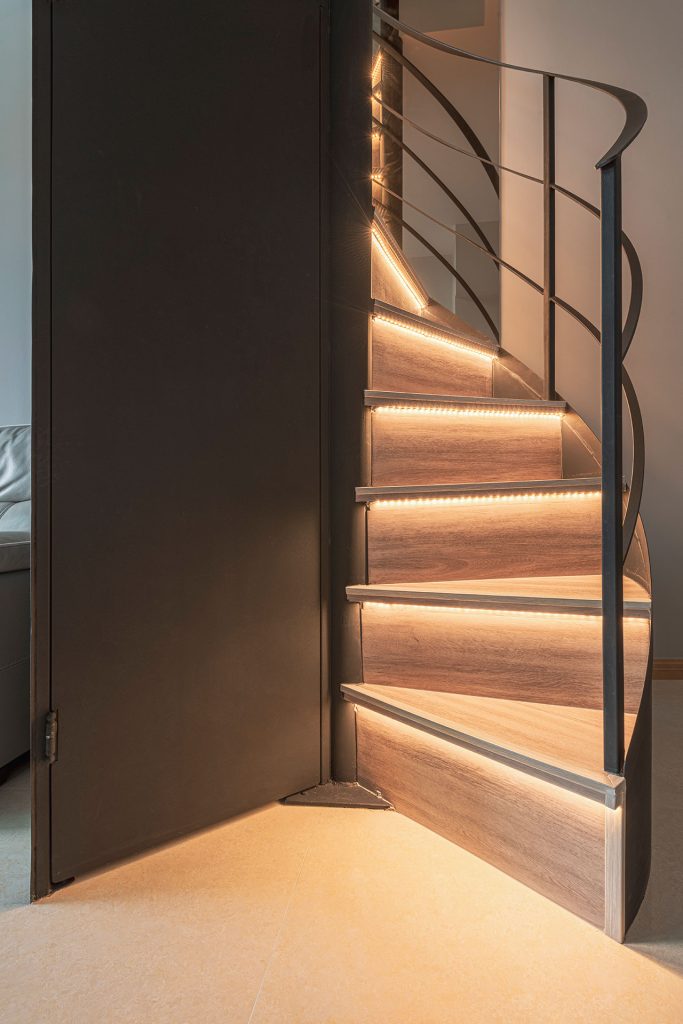
4. Light
Light is likely one of the most evident parts of interior design. Both pure or man-made, without gentle different parts particularly colour, texture and sample haven’t any significance in any respect. Mild units within the temper and atmosphere right into a residing house and highlights each different factor together with house, line and kinds. Whereas the good placement of doorways and home windows ought to handle the pure gentle, man-made or synthetic lighting is broadly divided into three main varieties particularly – Activity Lighting, Accent Lighting and Temper Lighting.
Activity gentle because the identify implies consists of gentle sources like desk and mattress lamps which have an outlined function, devoted for a selected process. Accent lights are meant for highlighting a selected piece or present merchandise like artworks, constructions, sculptures and so forth. Temper or ambient lighting mainly set the temper of the residing house and illuminate the general house.
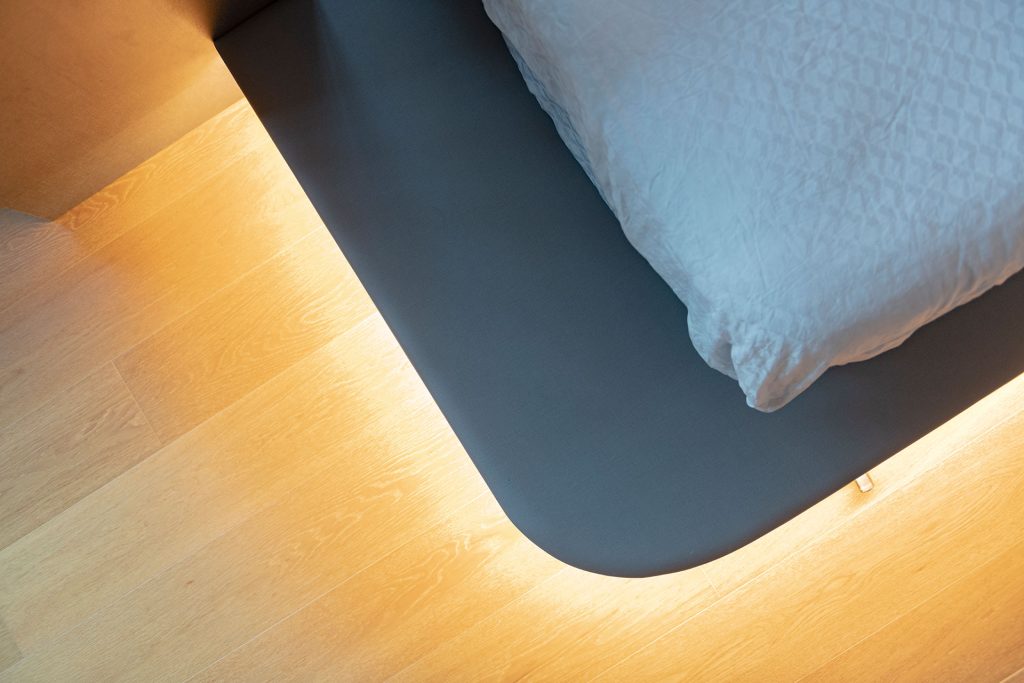
5. Colour
Colours don’t want any particular introduction. Colours set up an aesthetic connection between objects and set the temper. Colours should be chosen based mostly on the psychology and the mindset of the dweller. For instance, pink is a superb alternative for the eating room because it encourages the appetite and inexperienced for the bedroom as it’s the colour of tranquillity and well being.
Every colour has three distinct traits particularly Hue, Worth and Depth, and an interior designer should be nicely conscious of those traits to carry out varied permutations and combos. Colours are broadly categorised into Major and Secondary colours and in addition sub-categorized into Tertiary, Complementary, Analogous and Monochromatic colours.

6. Texture
Texture primarily offers with surfaces and determines how a typical floor appears and feels. Texture provides depth and curiosity right into a residing house and defines the texture/look and consistency of a floor. The texture is broadly categorised into two varieties – Visible Texture the place the feel is simply seen and Precise Texture the place the feel is each seen and felt.
Something that has to do with textiles corresponding to pillow cowl, bedspreads or something to do with covers like drapes, wall paint or wallpapers have a texture. Whereas there should be a dominant texture to outline a temper, a contrasting texture should even be included to keep away from monotony.
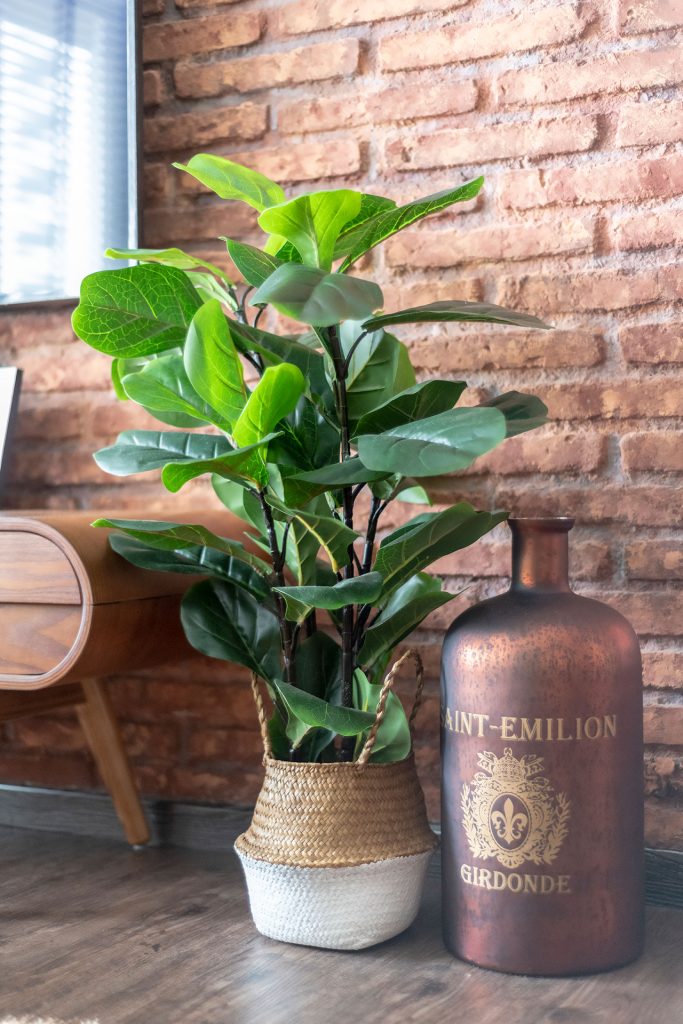
7. Pattern
Patterns add curiosity and life to interior design and work together with colours. Patterns inform a narrative of their very own and add the weather of continuity and easy transition in a residing house.
Patterns could possibly be of any form and principally comprise of enticing and repetitive designs. Paisley, a design sample which takes the form of a droplet-shaped vegetable is likely one of the most used patterns on wall paints, pillow covers and different ornamental surfaces.
